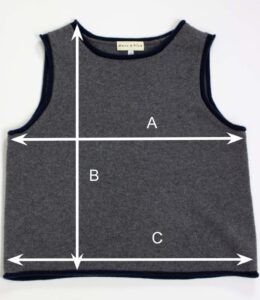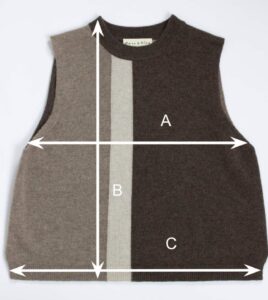Step into the world of luxury fashion, and you will find that cashmere holds an unrivalled position of prestige. Renowned for its distinctive softness, lightweight warmth, and enduring style, cashmere’s reputation certainly precedes it. However, this elicits a question asked by many – why is cashmere so expensive?
The Rarity of Cashmere
When it comes to cashmere, rarity is a significant factor that adds to its allure and cost. Cashmere originates from a particular breed of goats, whose habitat is restricted to the specific regions of Mongolia, China, and the Himalayas. What’s more, the collection of precious cashmere wool is seasonally restricted. This process happens only once a year, after a long, harsh winter when the goats naturally shed their warm undercoats.
To put things into perspective, consider this: the world sees nearly 1,200,000 tonnes of wool production annually, whereas pure cashmere production sits at an estimated 6,500 tons per year. With cashmere being this much rarer than sheep’s wool, its scarcity certainly carries a price.
Grades of Cashmere
Adding to its price tag is the fact that not all cashmere is created equal. Cashmere follows a grading system – A, B, and C – each tier signifying a different level of quality.
Grade A cashmere is the highest quality available. It originates from the softest part of the goat’s undercoat and boasts the thinnest fibers, averaging around 14 microns in width. Garments made from Grade A cashmere are supremely soft, luxuriously lightweight, and provide excellent insulation. These attributes make Grade A cashmere the most sought-after, contributing to its premium price.
On the other hand, Grade B cashmere is a step down in terms of quality but still offers a decent level of comfort and warmth. The fibers are slightly thicker, typically close to 20 microns, which may give a slightly less smooth feel compared to Grade A. However, Grade B cashmere still provides a good balance of softness and warmth, making it a popular choice for many cashmere products.
Grade C cashmere presents the lowest quality among the three grades. Its fibers are substantially thicker – up to 30 microns or more. As a result, Grade C cashmere can feel rougher and may feel itchy when worn directly against the skin. Despite its lower quality, Grade C cashmere is still warmer than traditional wool and can be a more economical alternative for consumers on a budget.
Limited Production Capability
The method of cashmere production is yet another element driving its high cost. The process, from shearing the goats to sorting the individual fibers, is a meticulous endeavor, carried out by hand by expert artisans. It takes the yield of 3 goats and the craft of skilled hands to make a single cashmere scarf.
The Unrivalled Properties of Cashmere
Cashmere’s unique qualities are, without doubt, part of its appeal and justification for its cost. Offering a level of warmth superior to other wools while being incredibly light, cashmere manages to perfectly marry comfort with luxury. Its exceptional softness, a result of its fine fibers, makes cashmere a coveted addition to any wardrobe.
Is the Investment Worth It?
Given the high price tag, one might question if investing in cashmere is indeed worth it. In response to that, consider this: high-quality cashmere is enduring, timeless, and adaptable to fluctuating fashion trends. A piece of cashmere clothing can last you years, its charm undiminished and its style ever-relevant, thus justifying the initial investment.
In the world of fabrics, cashmere reigns supreme, a testament to the adage ‘you get what you pay for.’ It is a reflection of the rarity, craftsmanship, and exceptional properties that define this luxurious material. So, the next time you wear a cashmere garment, take a moment to appreciate the exquisite journey that’s woven into every strand, making cashmere worth every penny.
References
- Common Objective (CO) – Global Wool Production and Sustainable Standards
- Wikipedia – Cashmere wool
- Britannica – Cashmere
- Food and Agriculture Organization of the United Nations – Harvesting of Textile Animal Fibres (1995)
- Judith Jerde – Encyclopedia of Textiles (1992)



